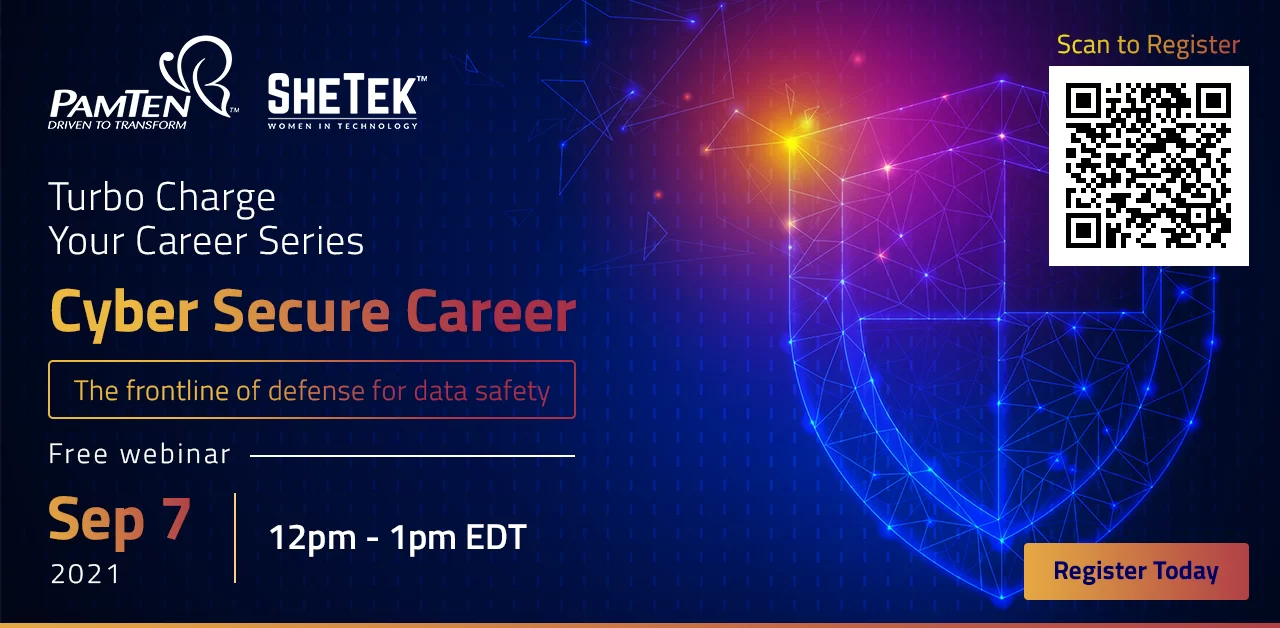The digital world is getting a little weird. With every viral video and persuasive email or sales pitch, we’re left asking a new question: “Is this real?” Artificial intelligence has blurred the lines between genuine and fictitious content, making it easier than ever for bad actors to create convincing scams and deepfakes. But here’s the good news: the very same technology that creates the problem is also providing powerful new solutions.
Welcome to the AI vs. AI arms race, a fascinating and fast-paced battle where AI-powered tools are now being used to spot the fakes created by other AIs.
The “Deepfake Detective” AI
Think of it like this: an AI is trained to create a fake, and another AI is trained to be a detective, looking for the tell-tale signs of a forgery. These digital detectives are getting incredibly good at spotting what our human eyes might miss.
For videos and images, AI-powered tools can detect the subtle, often imperceptible flaws in a deepfake. They analyze tiny details, like unnatural blurring around a person’s hair or the way shadows fall in a scene. They can also spot anatomical inconsistencies, such as too many fingers or teeth that look a little too perfect. The AI looks for these “digital artifacts” that signal the content isn’t real.
The same principle applies to audio and voice cloning. AI detectors can analyze the unique “voiceprint” of a speaker. They look for subtle digital noise, unnaturally perfect speech patterns, or a lack of the tiny hesitations and breaths that make a real human voice sound authentic. If a scammer uses a cloned voice of your loved one, these tools can often flag it as suspicious before you even have a chance to doubt it.
A New Era of Scam-Fighting
This isn’t just a hypothetical concept; it’s happening right now. Major tech companies and cybersecurity firms are using AI to protect us every single day.
- Email Protection: Services like Google and Microsoft use AI to analyze billions of emails to spot and block phishing scams. These systems are constantly learning to recognize new patterns in AI-generated scams that are designed to trick us.
- Behavioral Monitoring: Banks and other financial institutions use AI to monitor for unusual activity. If a request comes in for a large transfer from a new location at 3 AM, the AI might flag it as suspicious—even if the request sounds perfectly legitimate.
- Specialized Deepfake Detectors: Companies are now creating dedicated platforms to identify deepfakes in real-time. These services are used by journalists, law enforcement, and businesses to verify the authenticity of critical information.
Real-Life Examples of AI Scams
These aren’t just theoretical threats. Here are a couple of examples that show just how effective and dangerous these scams can be:
- The Hong Kong Deepfake Heist: In a startling case, a finance worker at a multinational firm in Hong Kong was tricked into transferring over $25 million after attending a video call with what he believed were senior executives of his company. The executives in the meeting, including the chief financial officer, were actually sophisticated deepfakes, created to look and sound just like the real people. The scam was so convincing that the employee’s initial doubts were completely erased after seeing his “colleagues” on the video call.
- The Voice-Cloning Kidnapping Scam: A mother in Arizona received a terrifying phone call from what sounded exactly like her teenage daughter in distress, claiming she had been kidnapped and was being held for ransom. The voice was eerily accurate, including the inflection and tone. Thankfully, the mother’s quick thinking and skepticism led her to call her husband and locate their daughter, unharmed. It was later revealed that the scammers had used an audio sample of the daughter’s voice from a social media video to create the chillingly realistic clone.
The Never-Ending Race
While AI is a powerful ally in the fight against fakes, it’s an ongoing battle. As soon as a new detection method is developed, the AIs that create fakes are updated to get around it. It’s a constant back-and-forth, which is why your own vigilance is still your most important tool.
Speaking of which, did you know that October is Cybersecurity Awareness Month? It’s the perfect time to brush up on your digital defenses. While AI is working behind the scenes to protect you, a little knowledge goes a long way.
The best defense is a combination of powerful technology and a healthy dose of human skepticism. By staying informed about the latest scams and using a few simple security habits, you can navigate the digital world with confidence, even as the lines between real and fake continue to blur.


 contact@shetek.net
contact@shetek.net 





Blog comment section